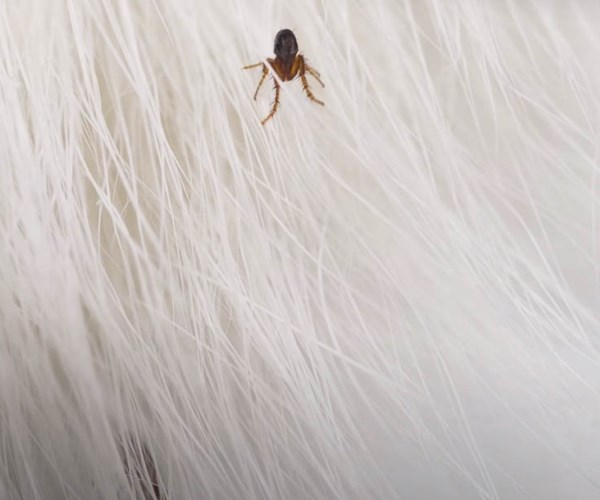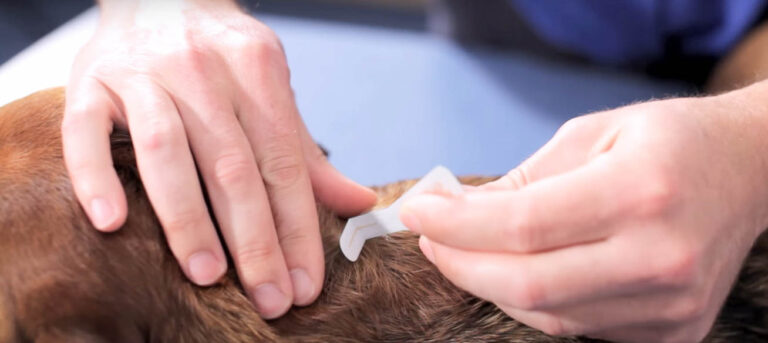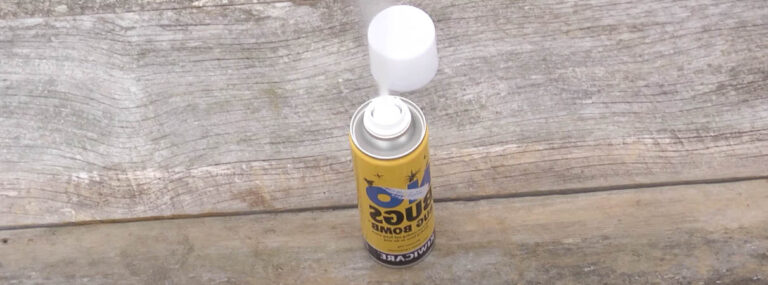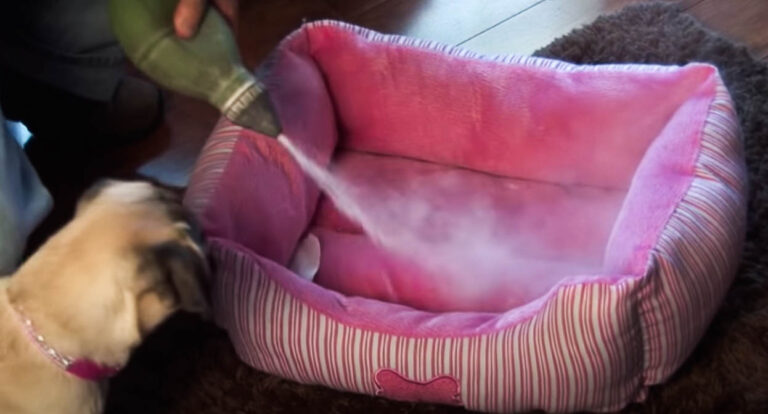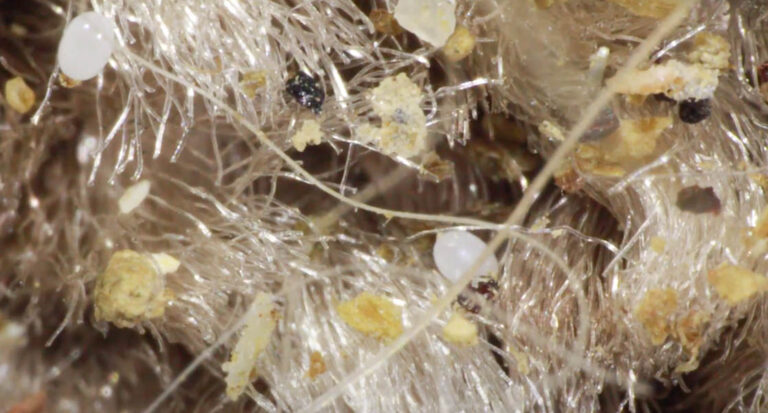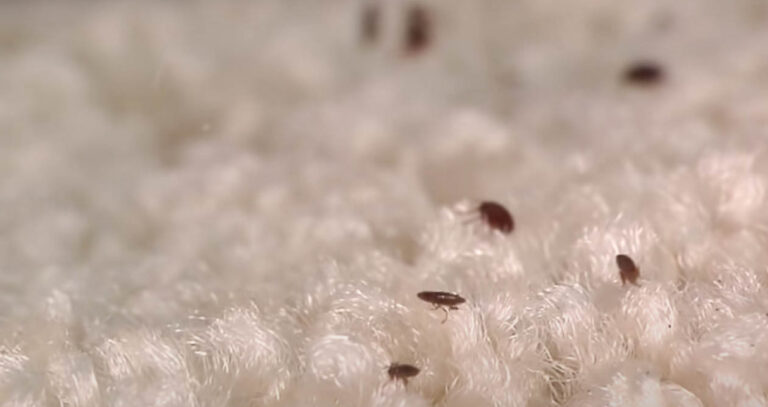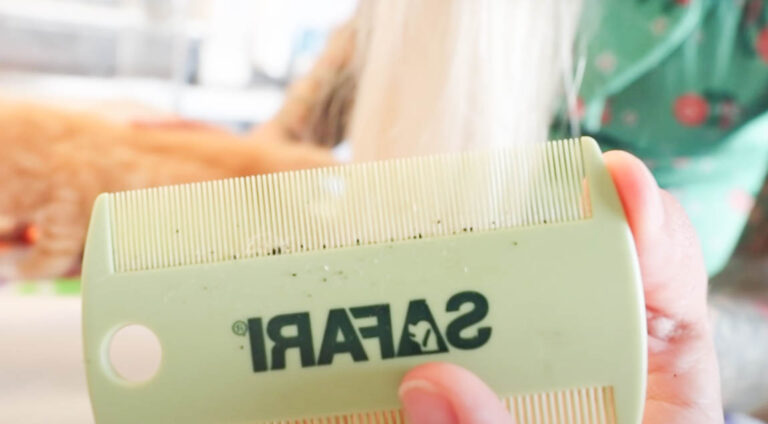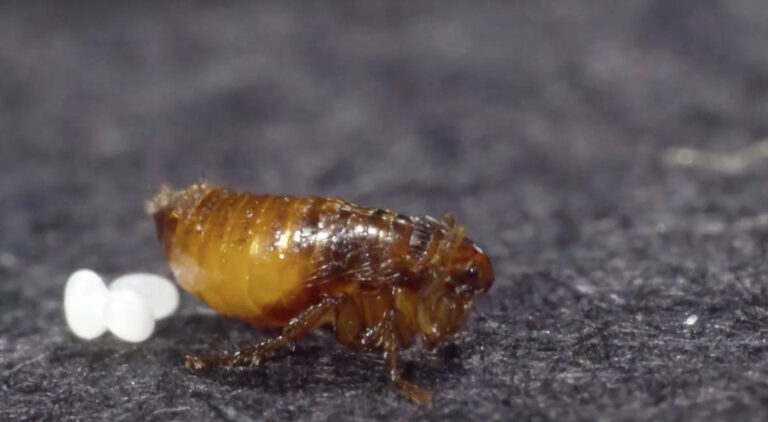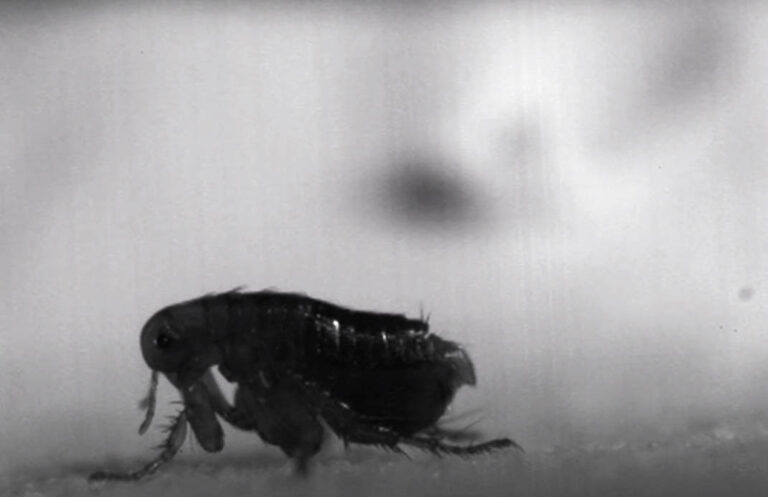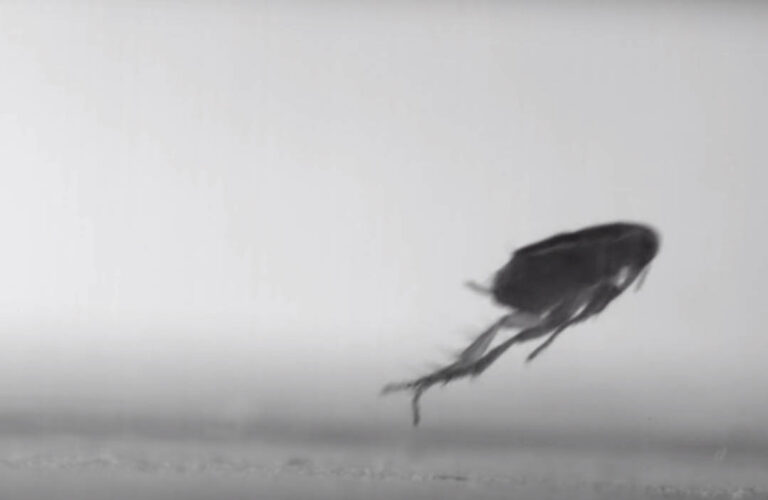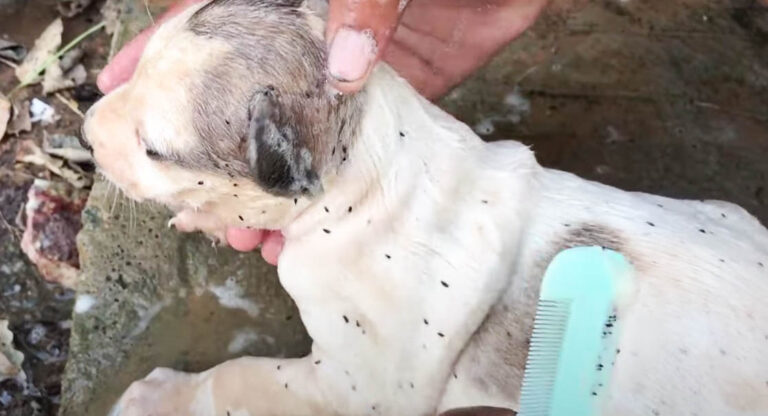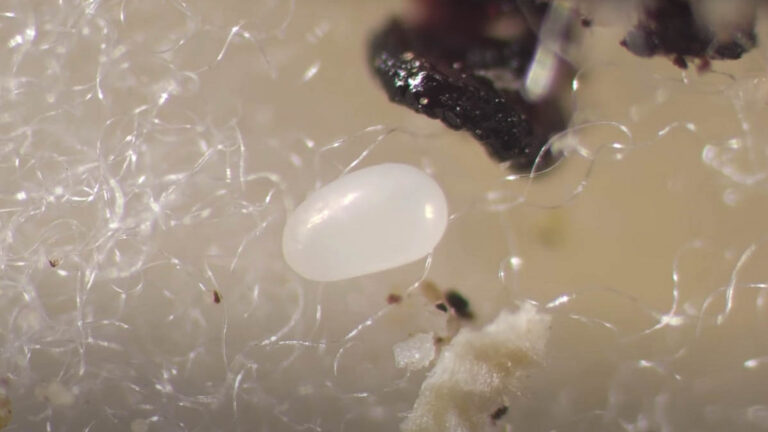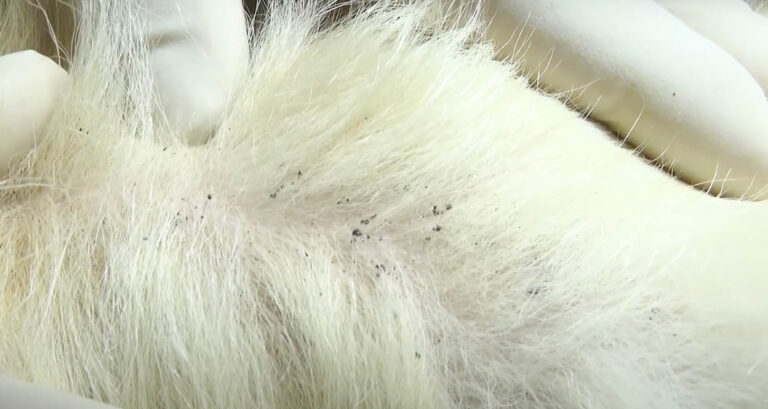About Cat Fleas
About Cat Fleas
Fleas are small blood-sucking insects that feed on the blood of different animals including cats, dogs, rats, birds, humans, etc. These blood-sucking insects are pests and can transmit diseases to both humans and animals. The cat flea (scientific name Ctenocephalides felis) is only one of the 2500 flea species and also the most common flea in the United States. As the name implies, cats are the primary host of cat fleas but these bloodsuckers can also live and feed on other animals especially dogs.
Appearance
Cat fleas are small wingless insects with dark brown to black scaly bodies. Their little bodies measure between 1 and 3 mm and look compressed and flattened from the sides. These insects have 6 legs which are well adapted for jumping and mouthparts designed to expertly pierce the skin of hosts and take blood meals.
Behavior
The life of a cat flea revolves around the four stages of development. The egg will go into the larvae stage, then into the pupa stage, and finally emerge as an adult who seeks out a host and starts to feed on their blood. Adult cat fleas feed only on the blood of animals all through their relatively short lives, and they reproduce incredibly fast with an adult female laying 20 to 50 eggs daily.

Before fleas become adults, they stay hidden and largely unnoticed in their egg, larvae, and cocoon stages, only adult fleas have the ability to jump around in search of an available host. Fleas will hold on to the bodies of their host and expertly seek out a good place to pierce, these insects have well-adapted mouth-parts which comprises of 3 needle-like stylets for seeking out the blood vessels of animals and sucking to their fill.
Their saliva is laced with an anticoagulant, which prevents the blood from clotting while they feed, and a substance that spreads and softens the dermal tissue making it easier for the insect to pierce the skin and suck as much blood as they want. Fleas prefer dark and warm places, therefore they tend to hide in the fur around the bellies and neck of animals while drinking blood from these areas.
Damage They Cause
The cat flea, Ctenocephalides felis, is the most common flea in the United States. In most cases of flea bites and infestations, this is the flea responsible. Cat fleas deliver irritating bites to their host and will infest both cats and dogs and they don’t hesitate to feed on humans when the opportunity presents itself.
These fleas are also responsible for a number of diseases including allergic reactions and dermatitis. Cat fleas are known for transmitting tapeworms and causing anaphylaxis.
Anaphylaxis is an allergic reaction to flea bites where the body produces histamine in reaction to the bite and causes intense itching and redness around the affected areas. In severe conditions, anaphylaxis can be life-threatening causing swelling of the face, hands, mouth, and shortness of breath.
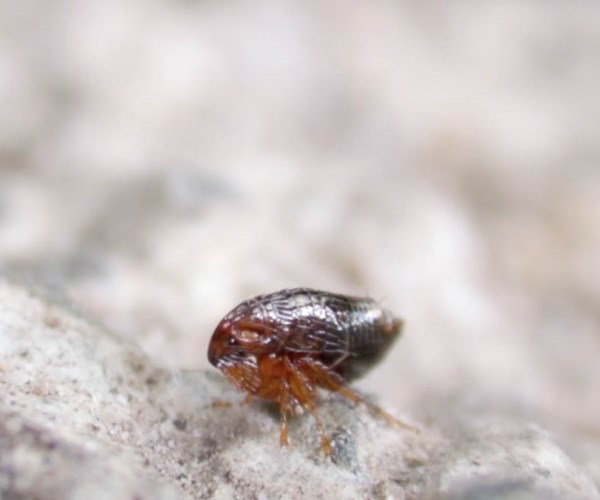
Cat flea bites can be equally serious in pets as some animals are allergic to flea bites and will develop allergic reactions. Your pet may also get sick from being eaten up by these tiny vampires. Severe infestation often leads to serious blood loss which causes anemia in pets and symptoms include pale gums, lethargy, and muscle loss. Anemia from flea bites is more common in kittens and older cats with an underlying illness.
Infestation Signs
Fleas are notorious for delivering very painful and irritating bites and this is usually the first sign of an infestation; you’ll notice your pets itching non-stop and fruitlessly trying to get rid of the nuisance they feel around their neck, tail, and on their bellies. This crazy itching may lead to loss of fur and you will clearly see tiny bite marks with some redness or rashes and hives on your pet. With close observation, you may see tiny insects jumping around in your home, especially the areas your pets frequent, like the places they like to lie on the carpets, the cushion where they love to snooze, or where they sleep at night.
Traces of flea infestations in homes also include the appearance of unusual white tiny oval substances lying around, these can be flea eggs which is a sure sign of an infestation. If you suspect the presence of fleas in your home, quickly bring in pest control experts and begin an infestation treatment and take your pets to the vet for a thorough flea treatment.
